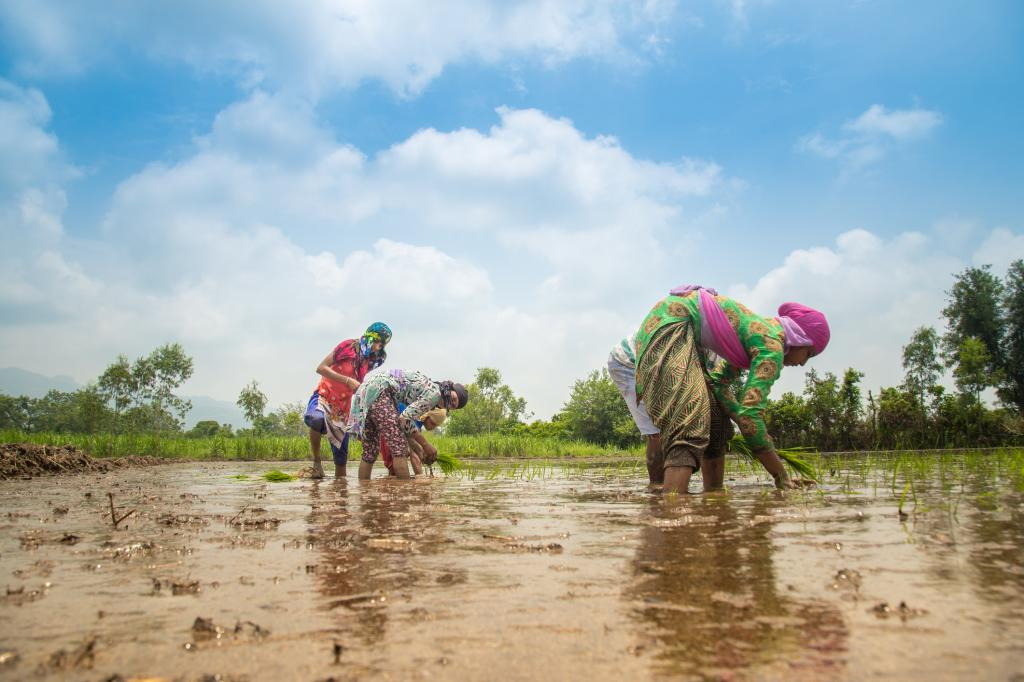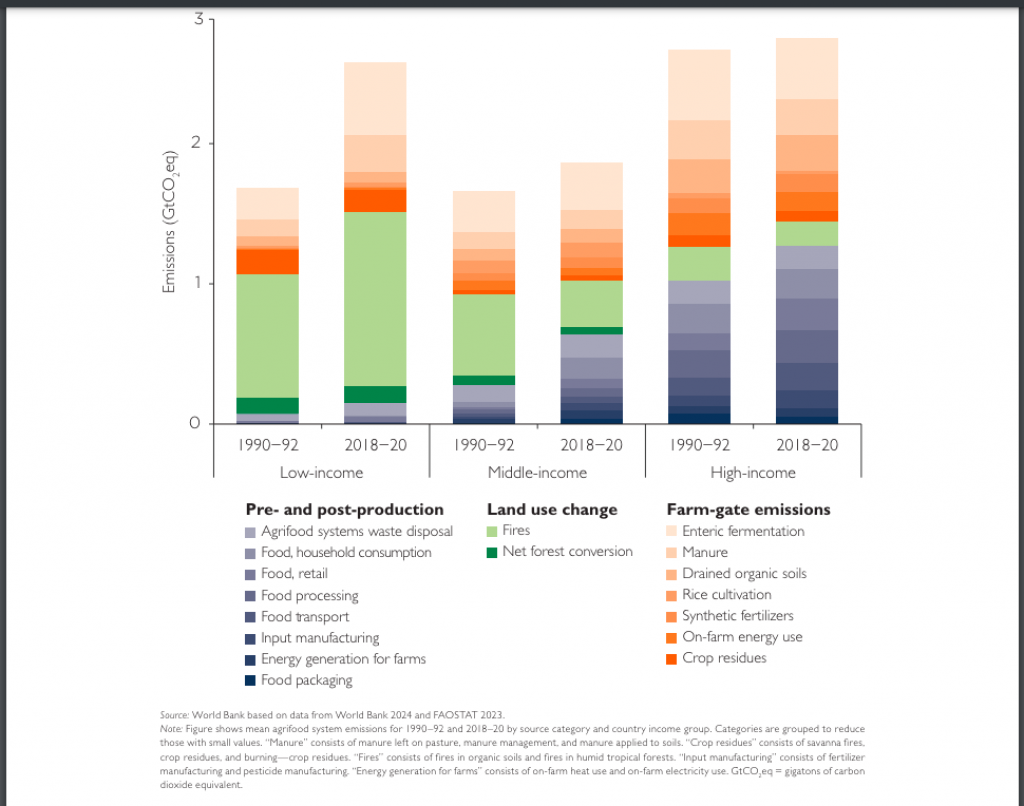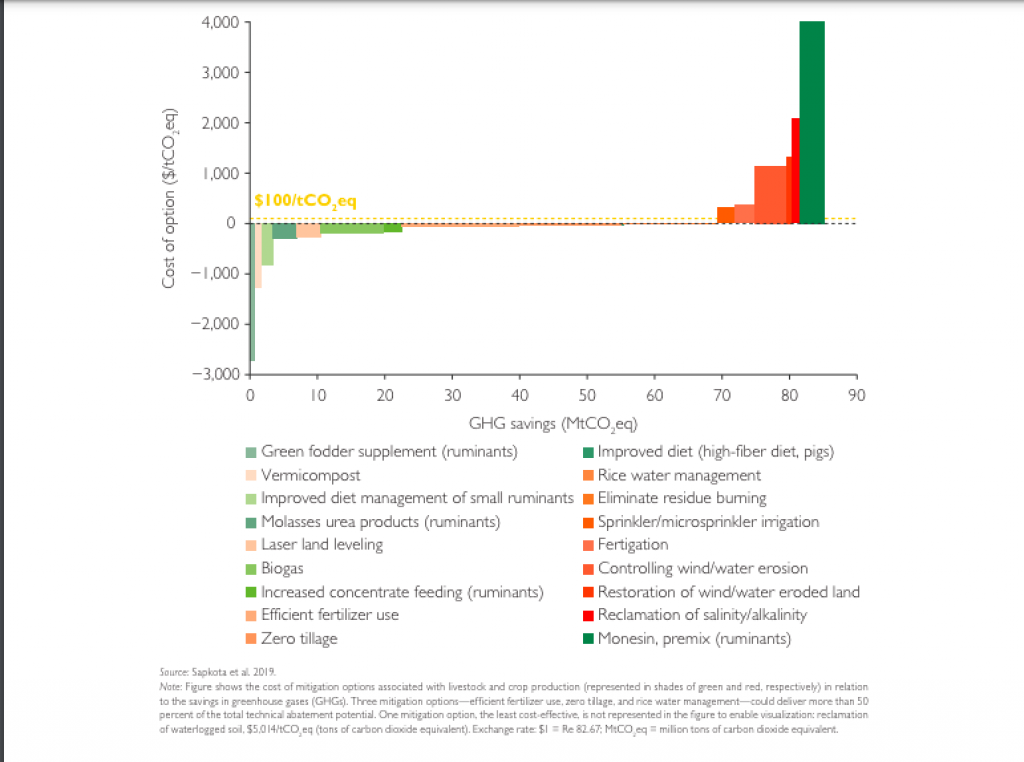Free Courses Sale ends Soon, Get It Now


Free Courses Sale ends Soon, Get It Now



Disclaimer: Copyright infringement is not intended.
Context:
Findings of the report
Impact of Solar Pump Adoption in India:
Global Agrifood Emissions:
India's Emission Profile:
Renewable Energy Adoption in India:
Top Agrifood Emitters:

Per Capita Emissions:

Way ahead:
Source:
|
PRACTICE QUESTION Q. "Analyze India's emission profile in the agrifood system, highlighting the major sources of emissions and the country's efforts in renewable energy adoption."( 250 words) |
© 2024 iasgyan. All right reserved